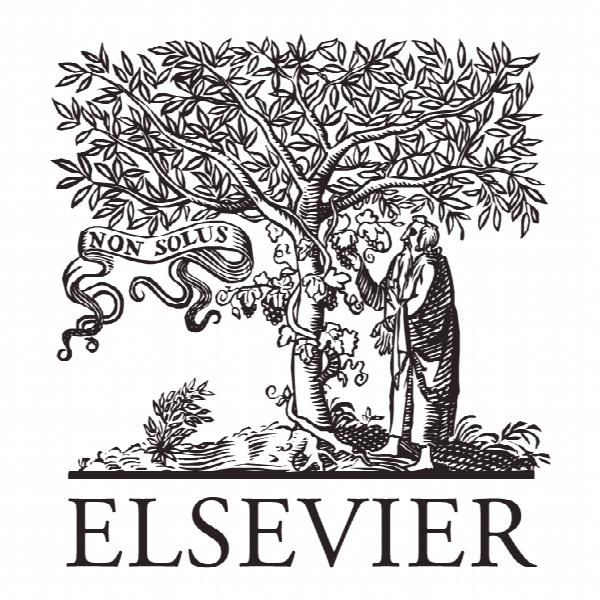تصمیمات سرمایه گذاری مستقیم خارجی و کنترل داخلی کسب و کار گروهی: شواهدی از سرمایه گذاری شرکت های گروه وابسته تایوانی در بازار چین FDI decisions and business-group insider control: Evidence from Taiwanese group-affiliated firms investing in the Chinese market
- نوع فایل : کتاب
- زبان : انگلیسی
- ناشر : Elsevier
- چاپ و سال / کشور: 2017
توضیحات
رشته های مرتبط مدیریت
گرایش های مرتبط مدیریت کسب و کار MBA
مجله کسب و کار جهانی – Journal of World Business
دانشگاه گروه مدیریت بازرگانی، دانشکده مدیریت، ملی چانگ چنگ، تایوان
نشریه نشریه الزویر
گرایش های مرتبط مدیریت کسب و کار MBA
مجله کسب و کار جهانی – Journal of World Business
دانشگاه گروه مدیریت بازرگانی، دانشکده مدیریت، ملی چانگ چنگ، تایوان
نشریه نشریه الزویر
Description
1. Introduction China’s share of flows of foreign direct investment (FDI) has increased dramatically in recent years. Most of China’s FDI flows do not come from the advanced economies; rather, they come from the export-oriented economies among Asia’s newly industrialized economies (NIEs) that are seeking to exploit China’s low production costs (Whalley & Xin, 2010). For example, Taiwanese investments in China have grown dramatically, as shown in Fig. 1, focusing primarily on the labor-intensive and export-oriented manufacturing industries, such as textiles and garments, and food and beverage processing (Zhang, 2005). In terms of NIE investments in China,the equity stakes of groupaffiliated firms of business-group headquarters differ from one headquarters to the next. Two cases exemplify this interesting phenomenon. First, the business-group headquarters of UniPresident holds a 100% equity stake in Shanghai Songjiang President Enterprises, but it holds only a 73% equity stake in Beijing President Foods. Second, the business-group headquarters of Asustek holds 100% equity stakes in the group-affiliated firm of Shanghai Pegatron, but the business-group headquarters of Asustek holds equity stakes of only 32% in the group-affiliated firm of Suzhou Pegatron. With respect to business-group research, this situation presents the following question: why are there differences among the equity stakes held by group-affiliated firms of the business-group headquarters? To answer this question, especially with respect to ownershipbased entry mode strategies, most of the existing international business (IB) literature focuses on transaction-cost theory (TCE) (Buckley & Casson, 1976; Anderson & Gatignon, 1986). However, TCE provides limited insights into explaining equity ownership decisions in the context of the emerging economies (EEs) because the EEs are often characterized by weak institutions (Wright, Filatotchev, Hoskisson & Peng, 2005). Additionally, in many cases these institutions are undergoing substantial reforms, which alter the nature of competition and firm strategies, such as their mode of foreign-market entry (Meyer, Estrin, Bhaumik,&Peng, 2009; Hitt, Li, & Xu, 2016) and strategic alliance partner selection (Hitt, Ahlstrom, Dacin, Levitas, & Svobodina, 2004). Some scholars argue that ‘‘the institution-based view can be thought of as the third leg of the strategy tripod, which, along with the industry competition view and the resource-based view, explains why firms make strategic choices’’ (Young, Tsai, Wang, Liu, & Ahlstrom, 2014). In a general sense, in the emerging market economies, institutional immaturity raises transaction costs and increases turbulence. Therefore, the organizations are more involved in strategic planning and resource allocations are more challenging, often requiring resources from other organizations to deal with the turbulent environment.


